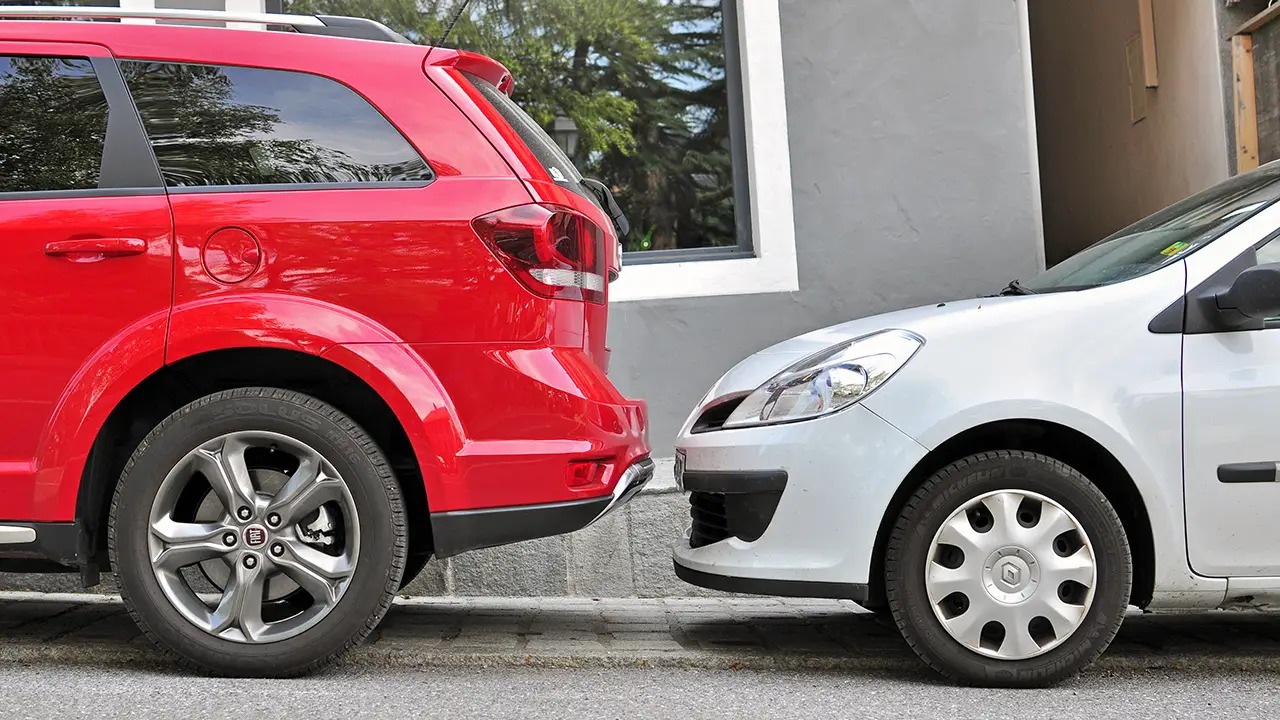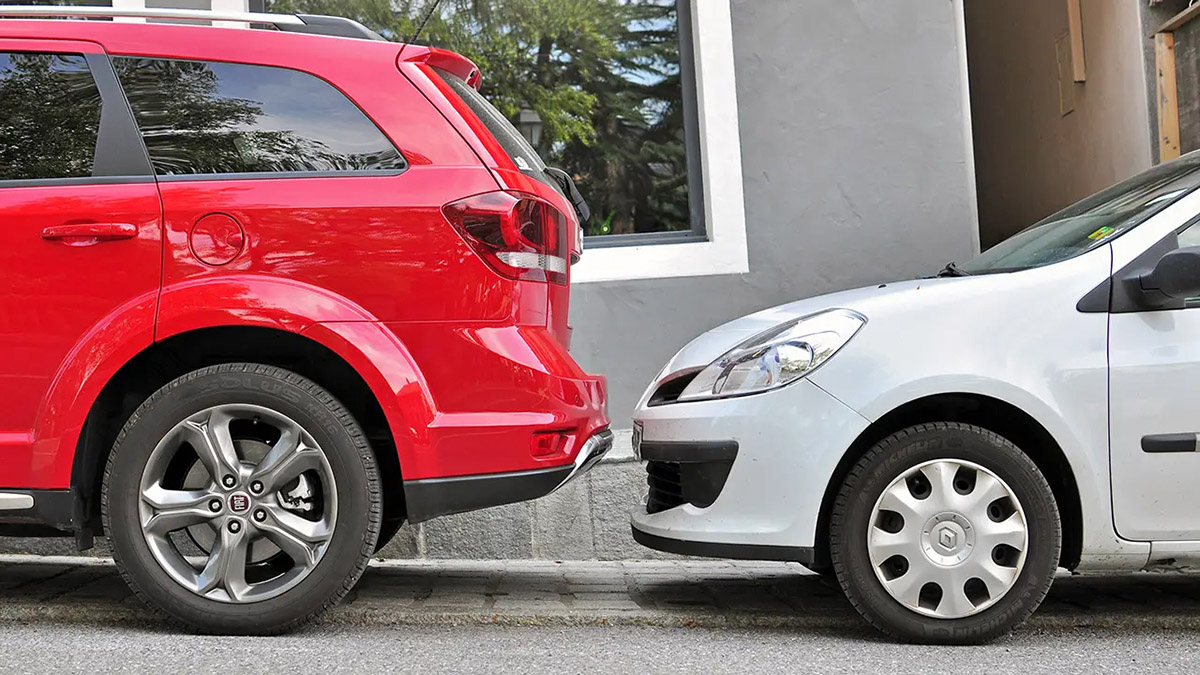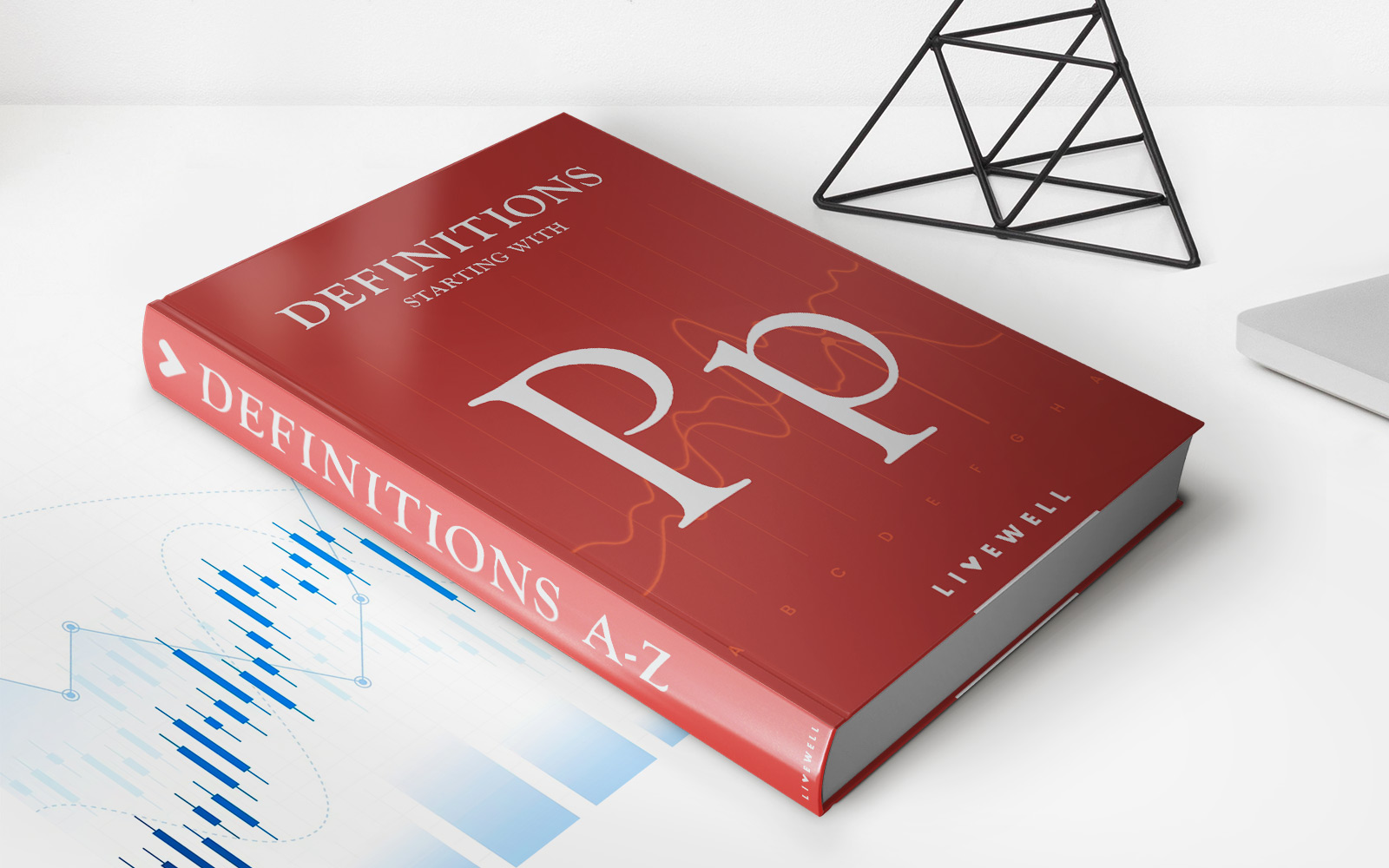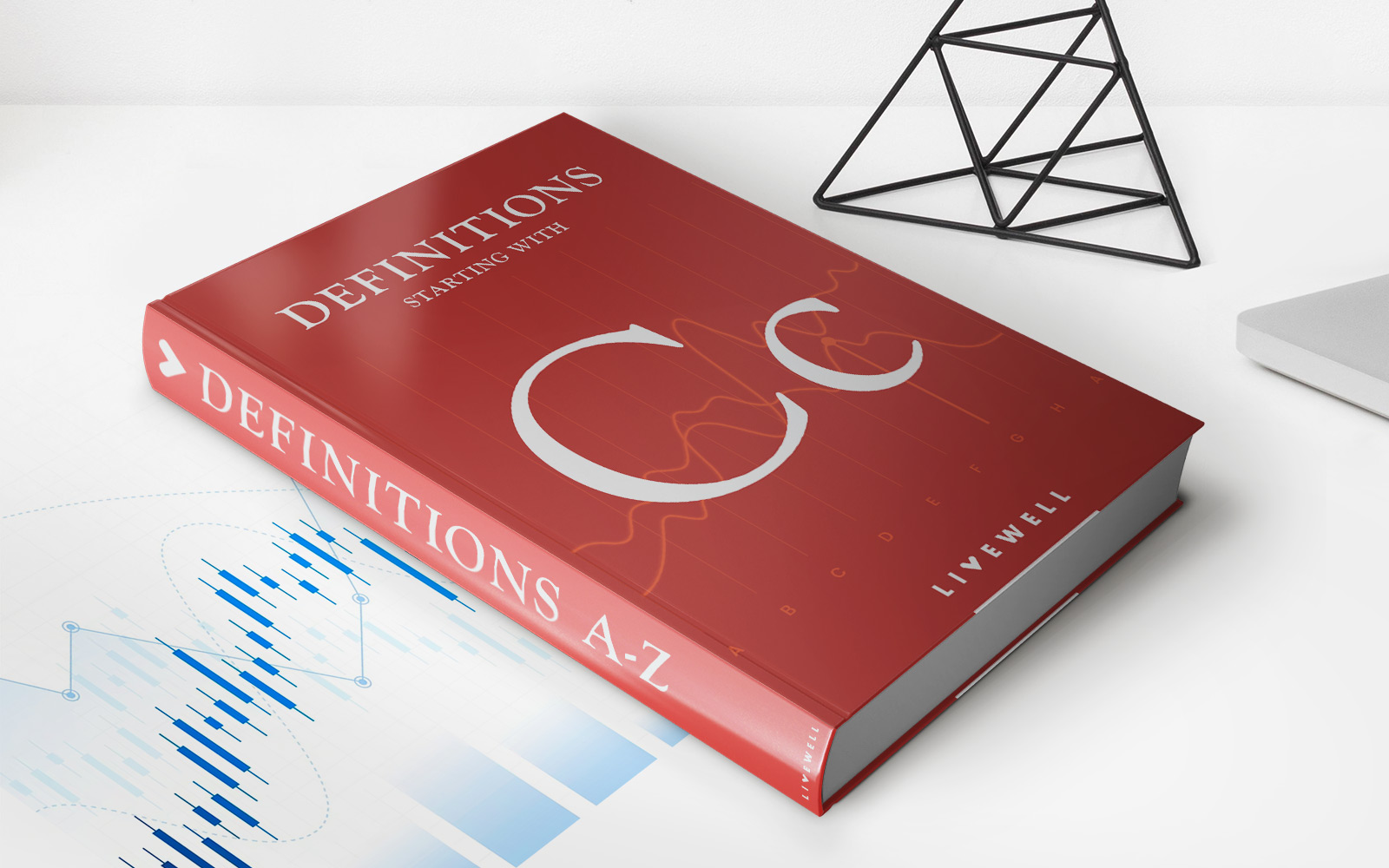

Finance
How Much To Add Another Car To Insurance
Published: November 13, 2023
Find out how much it will cost to add another car to your insurance policy. Get expert advice on finance and tips to save money.
(Many of the links in this article redirect to a specific reviewed product. Your purchase of these products through affiliate links helps to generate commission for LiveWell, at no extra cost. Learn more)
Table of Contents
Introduction
Adding another car to your insurance policy can be a significant financial decision. Whether you’re expanding your family or purchasing an additional vehicle, understanding the cost implications is essential for making an informed choice. Properly insuring your new car ensures that you are protected in case of accidents, theft, or any other unfortunate event.
There are several factors that can influence the cost of adding another car to your insurance. These include the type of vehicle, your driving history, your location, and the coverage options you choose. Understanding these factors and knowing how to navigate them can help you save money and ensure that you have the right coverage in place.
In this article, we will delve into the various factors that determine the cost of adding another car to your insurance policy. We will also provide a breakdown of the costs typically associated with adding a new vehicle and offer some useful tips for saving money on your car insurance premiums.
By the end of this article, you’ll have a better understanding of how insurance companies calculate the cost of adding another car to your policy and insights on how you can save money while obtaining adequate coverage for your new vehicle.
Factors that Determine the Cost of Adding Another Car to Insurance
When it comes to adding another car to your insurance policy, several factors influence the cost. Insurance companies take these factors into account when calculating your premium. By understanding these factors, you can anticipate the cost implications and make informed decisions.
1. Type of Vehicle: The make, model, and year of the vehicle play a significant role in determining the cost of your insurance. Luxury or high-performance cars tend to have higher insurance rates compared to more affordable or practical vehicles. This is because these cars can be more expensive to repair or replace.
2. Driving History: Your driving history is an important factor that insurance companies consider. If you have a clean driving record with no accidents or traffic violations, you’re likely to receive lower insurance rates. On the other hand, if you have a history of accidents or moving violations, your premiums may be higher.
3. Location: Your geographical location can impact your insurance rates. If you live in an area with a high incidence of car theft or a higher risk of accidents, your premiums may be higher. Similarly, urban areas with heavy traffic and congestion are associated with more accidents, leading to higher insurance costs.
4. Coverage Options: The level of coverage you choose also affects the cost. Basic liability coverage is generally the least expensive option, but it doesn’t provide as much protection as comprehensive or collision coverage. Additionally, adding additional coverage options like roadside assistance or rental reimbursement will increase your overall premium.
5. Multi-Car Discount: Many insurance providers offer multi-car discounts, which can help save money when adding another vehicle to your policy. This discount is usually applied when you insure multiple cars under the same policy, making it more cost-effective than insuring each car separately.
6. Driver Age and Experience: Insurance companies consider the age and experience of the drivers associated with the new vehicle. If the primary driver is a young and inexperienced driver, insurance premiums may be higher. On the other hand, having an experienced and responsible driver listed on the policy can help lower insurance costs.
7. Annual Mileage: The amount of mileage you anticipate driving in the new vehicle also affects insurance rates. If you have a long daily commute or plan to use the car for extensive travel, your premiums may be higher due to increased exposure to potential accidents.
By considering these factors, you can gain better insight into how insurance companies calculate the cost of adding another car to your policy. This knowledge will help you make informed decisions and potentially save money on your insurance premiums.
Cost Breakdown for Adding Another Car to Insurance
When adding another car to your insurance policy, it’s important to understand the various expenses involved. The cost breakdown includes several components that contribute to the overall premium for the additional vehicle. By understanding these costs, you can assess the financial impact of adding another car to your insurance.
1. Base Premium: The base premium is the starting point for calculating the cost of insuring your additional car. This amount is determined by factors such as the type of vehicle, your driving history, and the coverage options you choose. The base premium represents the minimum cost of insuring your new vehicle.
2. Coverage Options: The coverage options you select for your new car will impact the overall cost. Choosing comprehensive coverage or collision coverage, which protect against theft, damage, and accidents, will increase your premium. Additional coverage options such as roadside assistance, rental reimbursement, or gap insurance may also incur extra costs.
3. Deductible: The deductible is the amount you agree to pay out of pocket before your insurance coverage kicks in. A higher deductible can lower your premiums, but it also means you’ll have to pay more upfront in case of an accident or claim. Assess your financial situation and choose a deductible that you can comfortably afford.
4. Discounts: Insurance companies often offer discounts that can help reduce the overall cost of adding another car to your policy. Common discounts include multi-vehicle discounts, bundling multiple policies, safe driving discounts, and loyalty rewards. Take advantage of these opportunities to save money on your insurance premiums.
5. Additional Drivers: If there are additional drivers listed on your policy for the new vehicle, their driving records and experience will impact the overall cost. Drivers with good records and more experience can help lower the premium, while drivers with accidents or traffic violations may increase the rate.
6. Registration Fees: Depending on your location, there may be registration fees associated with adding another car to your insurance. These fees can vary from state to state and should be factored into your overall cost. Check with your local motor vehicle agency to understand the registration fees in your area.
7. Taxes: In some regions, taxes may be applicable to your insurance premium. These taxes are typically a percentage of the total premium amount and vary depending on local regulations. Consider any tax obligations when calculating the cost of adding another car to your policy.
It’s important to review and understand the cost breakdown before adding another car to your insurance policy. By considering these various expenses and discussing them with your insurance provider, you can gain a clear understanding of the financial implications and make an informed decision.
Tips for Saving Money on Adding Another Car to Insurance
Adding another car to your insurance policy doesn’t have to break the bank. There are several ways to save money and reduce the financial impact of insuring an additional vehicle. With these tips, you can ensure that you have adequate coverage while keeping your insurance premiums as affordable as possible.
1. Shop Around: Don’t settle for the first insurance quote you receive. Take the time to compare rates from different insurance providers. Each company uses its own algorithms to calculate premiums, so you may find significant variations in pricing for the same coverage. Shopping around allows you to find the best value for your money.
2. Bundle Your Policies: Consider bundling your car insurance with other policies, such as homeowners or renters insurance, under the same provider. Insurance companies often offer discounts for bundling multiple policies, allowing you to save money on each individual policy.
3. Take Advantage of Discounts: Inquire about any available discounts for adding another car to your policy. Insurance companies typically offer multi-vehicle discounts, safe driving discounts, and loyalty rewards. Ask your insurance provider about all the available discounts you can qualify for, and take advantage of them to reduce your premiums.
4. Consider Higher Deductibles: A higher deductible can lower your insurance premiums. If you have the financial means to cover a higher deductible in the event of an accident or claim, it may be worth choosing a higher deductible to save money on your monthly premiums.
5. Improve Your Credit Score: Your credit score can impact your insurance rates. Maintaining a good credit score can help lower your premiums. Pay your bills on time, keep your credit utilization low, and review your credit report regularly to ensure its accuracy.
6. Choose a Vehicle with Lower Insurance Costs: Before purchasing an additional vehicle, research the insurance costs associated with different makes and models. Cars that are considered safer, more practical, or have lower theft rates tend to have lower insurance premiums. Consider the insurance implications when selecting the type of vehicle you want to add to your policy.
7. Review Your Coverage Needs: Assess your coverage needs for the new vehicle. Consider the age, value, and usage of the car to determine the appropriate level of coverage. Dropping unnecessary coverage options can help reduce your premiums while still ensuring you have adequate protection.
8. Practice Safe Driving Habits: Maintaining a clean driving record can help keep your insurance premiums low. Avoiding accidents, traffic violations, and claims can qualify you for safe driving discounts and keep your rates affordable.
By implementing these tips, you can save money when adding another car to your insurance policy. Remember to regularly review your policy, reassess your coverage needs, and stay informed about any changes that could affect your premiums.
Conclusion
Adding another car to your insurance policy is a significant financial decision, but with some knowledge and careful consideration, you can navigate the process with ease. Understanding the factors that determine the cost of adding another car to your insurance, including the type of vehicle, your driving history, and location, allows you to anticipate the financial impact and make informed choices.
When considering the cost breakdown for adding another car to insurance, take into account the base premium, coverage options, deductible, discounts, and any additional fees or taxes. By understanding these costs, you can plan your budget accordingly and make decisions that align with your financial goals.
To save money on adding another car to insurance, shop around for the best rates, bundle your policies, take advantage of discounts, consider higher deductibles if feasible, and choose a vehicle with lower insurance costs. Improving your credit score, reviewing your coverage needs, and practicing safe driving habits can also contribute to reducing your insurance premiums.
Remember that each insurance company is different, so take the time to research and compare quotes to find the most cost-effective option for your situation. Regularly reviewing your policy and reassessing your coverage needs will ensure that you have the appropriate protection at the best possible price.
Adding another car to your insurance policy doesn’t have to be overwhelming. By understanding the factors that influence cost, knowing how to save money, and making informed decisions, you can add a new vehicle to your policy while maintaining peace of mind and financial stability.
As you navigate the process, remember that insurance is a crucial investment in protecting your assets and providing financial security. So, take the time to understand your policy, ask questions, and consult with your insurance provider to ensure that you have the right coverage for your needs.
By following these guidelines and considering your unique circumstances, you can successfully add another car to your insurance policy without breaking the bank.














